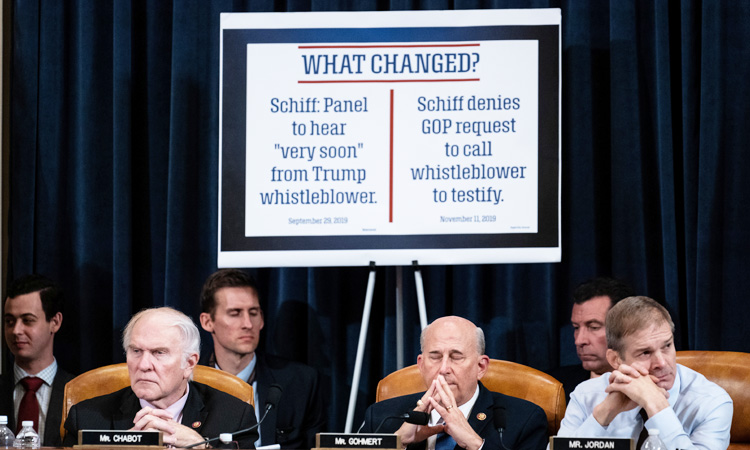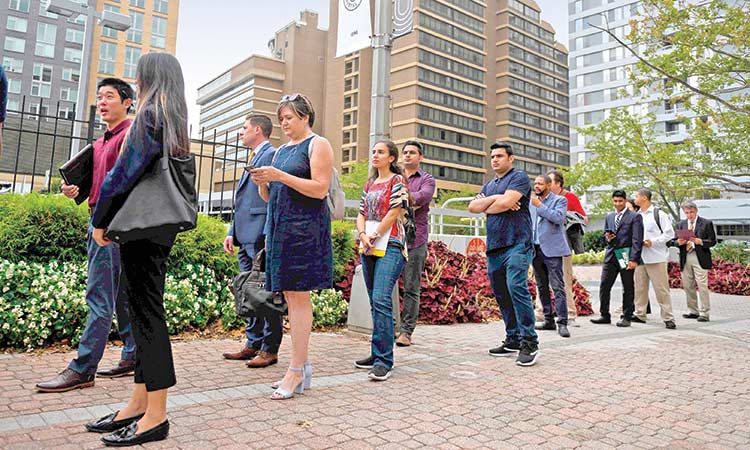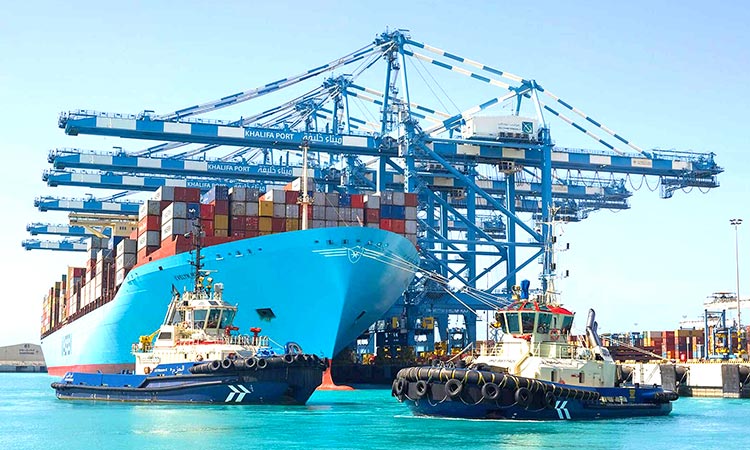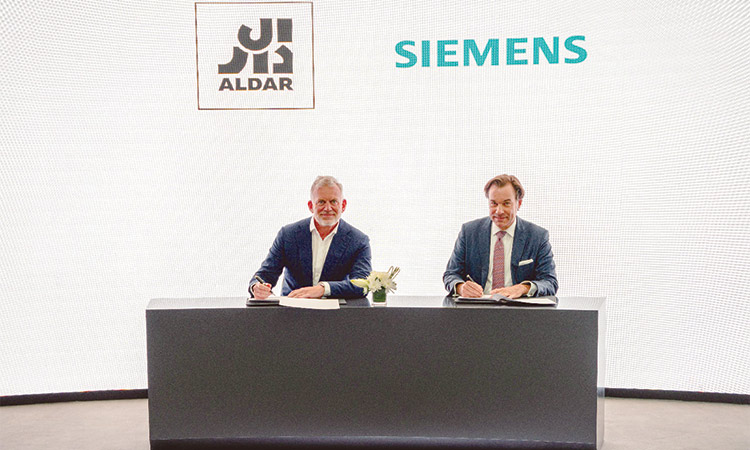US manufacturing activity grows at slowest pace in May
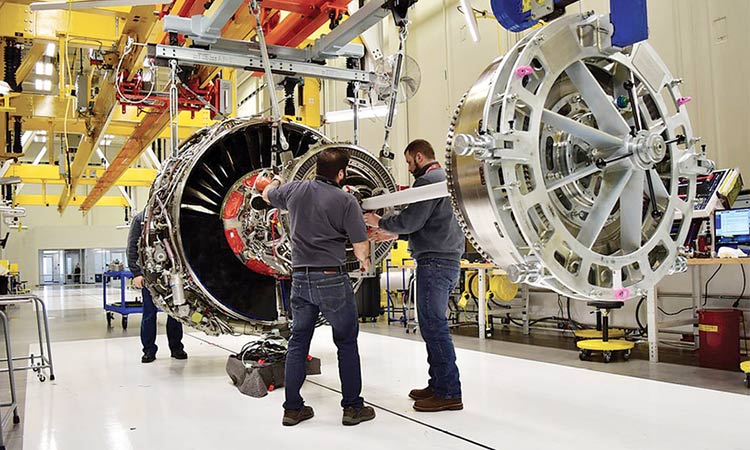
Technicians build LEAP engines for jetliners at a General Electric factory in Lafayette, Indiana. Reuters
The Institute for Supply Management said its US Manufacturing Purchasing Managers Index declined to 52.1 from 52.8 in April, marking the lowest level since October 2016. Wall Street economists polled by Reuters had a consensus forecast of 53.
A reading above 50 indicates growth.
Global trade tensions ratcheted higher throughout the month after US President Donald Trump ordered tariffs on billions of dollars of imported goods from China to rise to 25% from 10%, and progress toward a trade deal between the world’s two largest economies ground to a halt.
The ISM survey was taken before Trump’s latest trade salvo at the end of last week when he said he would impose tariffs on goods from Mexico starting next month unless it takes measures to stop the flow of Central American migrants seeking asylum in the United States. The move prompted a broad outcry from US businesses.
Factories reported the weakest output growth last month since August 2016 with a production index reading of 51.3, down from 52.3 in April. New orders recovered modestly, but the backlog of orders contracted for the first time since January 2017.
The employment index ticked higher to 53.7 after April’s reading of 52.4.
Meanwhile, US construction spending was unchanged in April on a sharp jump in public construction outlays, while spending on private residential projects fell for the fourth straight month.
Data for March was revised to show construction spending rising 0.1% instead of declining 0.9% as previously reported.
Economists polled by Reuters had forecast construction spending rising 0.4% in April. Construction spending was down 1.2% on a year-on-year basis in April.
In April, spending on public construction projects rose 4.8% after increasing 0.5% in March. It was the fourth consecutive monthly rise. Federal construction spending soared 7.4%, the biggest jump in 1-1/2 years.
Private construction outlays fell 1.7% to the lowest level since January 2017 after being unchanged in March. Investment in private residential projects slipped 0.6% to the lowest level since December 2016, after a 1.2% drop in March.
The outlook for the housing market has improved recently as mortgage rates ease from last year’s lofty levels, but building remains constrained by labour and land shortages.
Spending on private nonresidential structures, which include manufacturing and power plants slumped 2.9% in April, the biggest drop in more than six years, after rising 1.3% in March.
US economic growth accelerated in the first quarter, but inflation pressures were much weaker than initially thought, supporting a recent decision by the Federal Reserve to suspend further rate increases.
There are also signs that the export- and inventory-driven momentum faded early in the second quarter. Manufacturing, retail sales, housing and exports dropped in April.
The US central bank early this year suspended its three-year monetary policy tightening campaign, dropping forecasts for any interest rate increases this year. The Fed raised borrowing costs four times in 2018.
Gross domestic product increased at a 3.1% annualized rate, the government said in its second reading of first-quarter GDP on Thursday. That was slightly down from the 3.2% pace estimated last month. The economy grew at a 2.2% pace in the October-December period.
A gauge of inflation tracked by the Fed increased at a 1.0% rate last quarter, instead of the previously reported 1.3% pace. Fed policymakers are likely to shrug off the last quarter’s growth spurt and focus on the weak domestic demand and inflation when they meet next month.
While the government trimmed its initial estimate for inventory investment, export growth was raised. These two volatile components were the key drivers of the rise in GDP in the first quarter. There was a small upward revision to consumer spending growth. Business spending on equipment actually contracted in the last quarter, while the housing market was weaker than initially thought.
A jump in energy prices helped nudge US inflation a little higher in April but price pressures remained well short of the Federal Reserve’s target range, according to government data released Friday.
The Commerce Department report also showed spending by American consumers slowed in April as even as they got their largest bump in disposable income in six months.
Agencies
